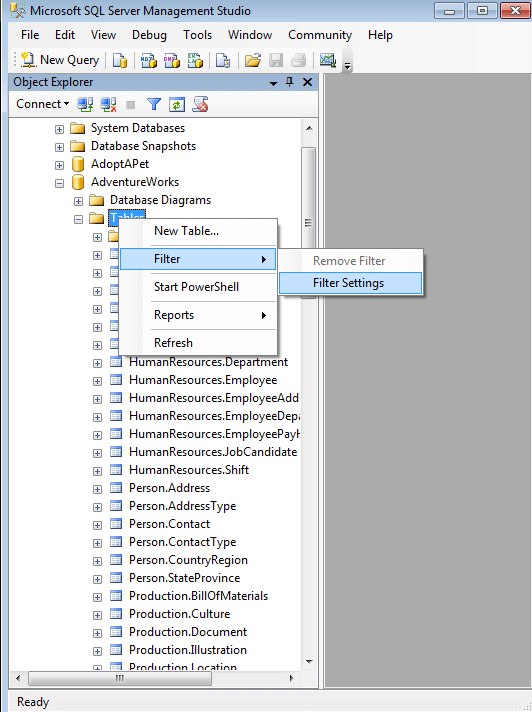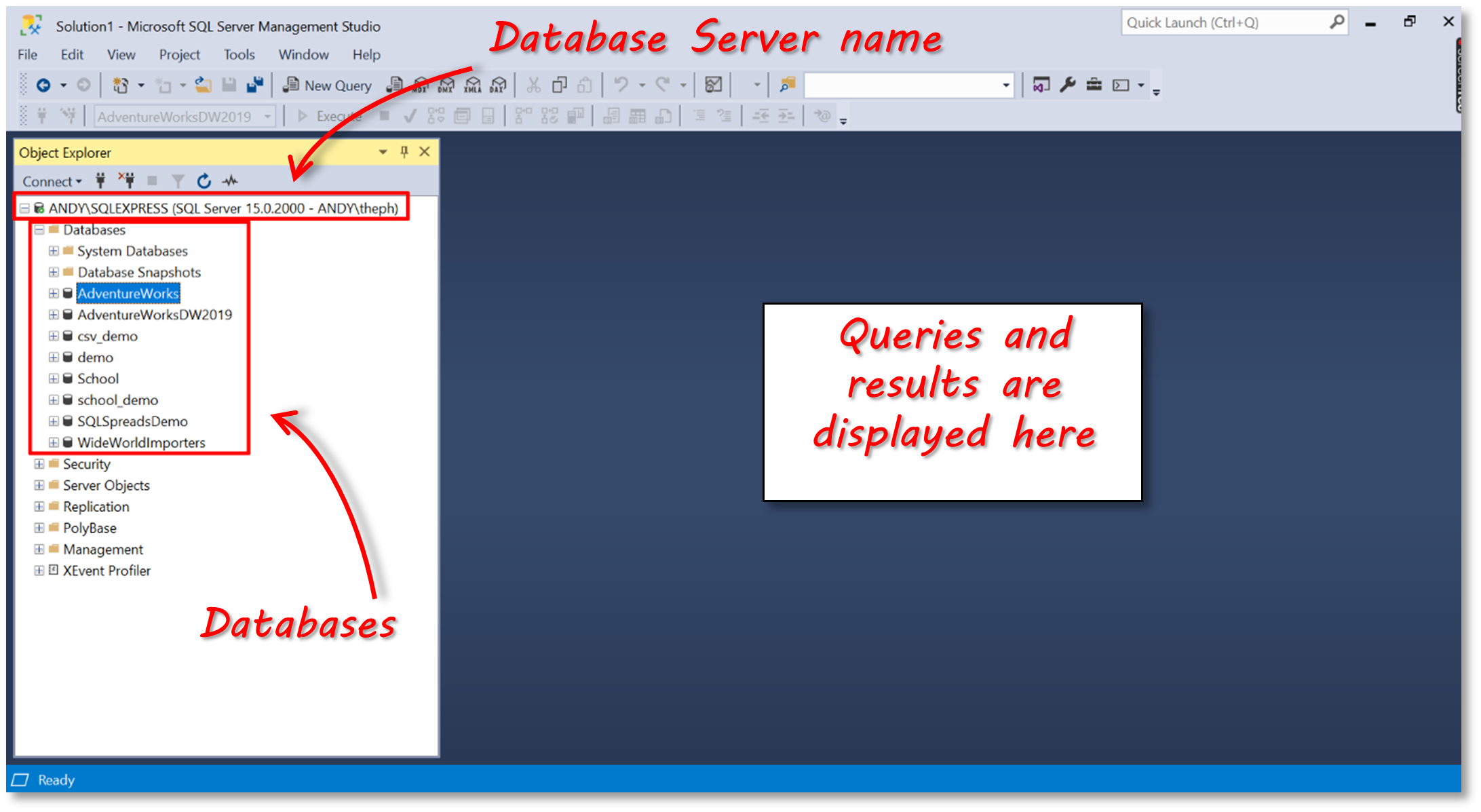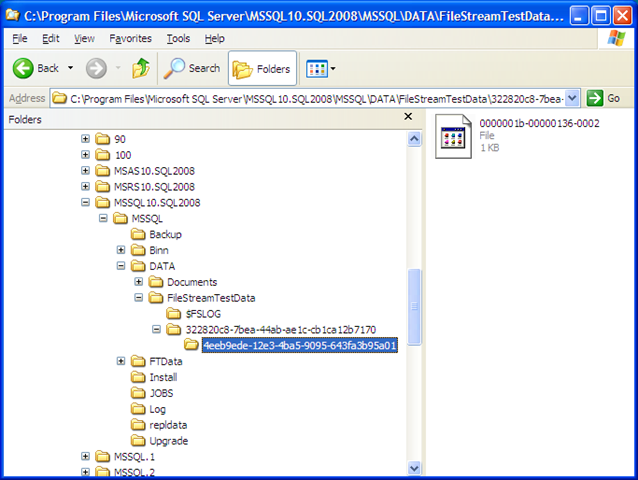
AdventureWorks2012 Person.Address table. Call the CheckTable method to validate the Get the Rows property of the AdventureWorks2012 Person.Address table. SMO') out-null Script all the table objects in the AdventureWorks. Get the AdventureWorks2012 Person.Address Table object. After the table and columns have been defined, the next step is to define an index. The following are examples of object hierarchy syntax that use a SQL-DMO SQLServer object. Dim tb As Table tb New Table(db, 'TestTable') 'Add various columns to the table. Dim db As Database db srv.Databases('AdventureWorks2012') 'Define a Table object variable by supplying the parent database and table name in the constructor. If any item in the TraversedObject list does not return an OLE object, an error is raised.įor more information about Visual Basic OLE object syntax, see the Visual Basic documentation.įor more information about HRESULT Return Codes, see sp_OACreate (Transact-SQL). Dim srv As Server srv New Server 'Reference the AdventureWorks2012 2008R2 database.

If PropertyOrMethod is specified, the property or method of the TraversedObject is called, and the property value or method return value is returned as an output parameter from the OLE Automation stored procedure. If PropertyOrMethod is not specified, the TraversedObject is returned as an object token output parameter from the OLE Automation stored procedure. If TraversedObject is not specified, PropertyOrMethod is required. We will loop through the list of servers with different database names, and load the same data structure from the same table but onto different servers into different excel files which will be named based on the data sources. All named parameters must be specified after all positional parameters are specified. In this recipe, we will reveal another real world sample with Item Enumerator. Fill in the requested information to create your database. In the PivotTable Fields pane, do the following: Drag Sport to the Rows area. Select Databases and then select SQL Database. An empty PivotTable is created in a new sheet. The double quotation marks (") are required. In the Create PivotTable dialog box, click Select a table or range, then click New Worksheet, and then click OK. Each table name is actually prefixed by its schema name. The database is a catalog with tables in six different schemas: HumanResources, Purchasing, Sales, Person, Production, and dbo. To specify all index or method parameters inside the parentheses (causing all index or method parameters of sp_OAGetProperty, sp_OASetProperty, or sp_OAMethod to be ignored) use the following syntax: Next Model Xtractor diagrams are for an AdventureWorks2012 OLTP database installed on a Microsoft SQL Server 2017 engine. To specify all index or method parameters by using sp_OAGetProperty, sp_OASetProperty, or sp_OAMethod parameters (including support for sp_OAMethod output parameters), use the following syntax: Is the name of a property or method of the TraversedObject. The Visual Basic exclamation point (!) syntax for collections is not supported. The double quotation marks (") are required.
Adventureworks2012 items table series#
Each object specifier in the series must be separated by a period (.).Īn item in the series can be the name of a collection.

The good thing is that its flexible to take any table seamlessly. The first database object that has to be created is a database.

Use Visual Basic syntax to specify a series of collections, object properties, and methods that return objects. I ran it against AdventureWorks2012, Person.Person table (20k rows, 13 columns) on my local machine and it brought back 2.5 million rows in about 8 seconds, if that means anything. Databases, tables, columns, and views (virtual tables) are examples of logical objects. Is an OLE object in the hierarchy under the objecttoken specified in the stored procedure. When this special syntax is used, these parameters have the following general form.

The propertyname parameter of sp_OAGetProperty and sp_OASetProperty and the methodname parameter of sp_OAMethod support an object hierarchy syntax that is similar to that of Microsoft Visual Basic. Applies to: SQL Server (all supported versions)


 0 kommentar(er)
0 kommentar(er)
